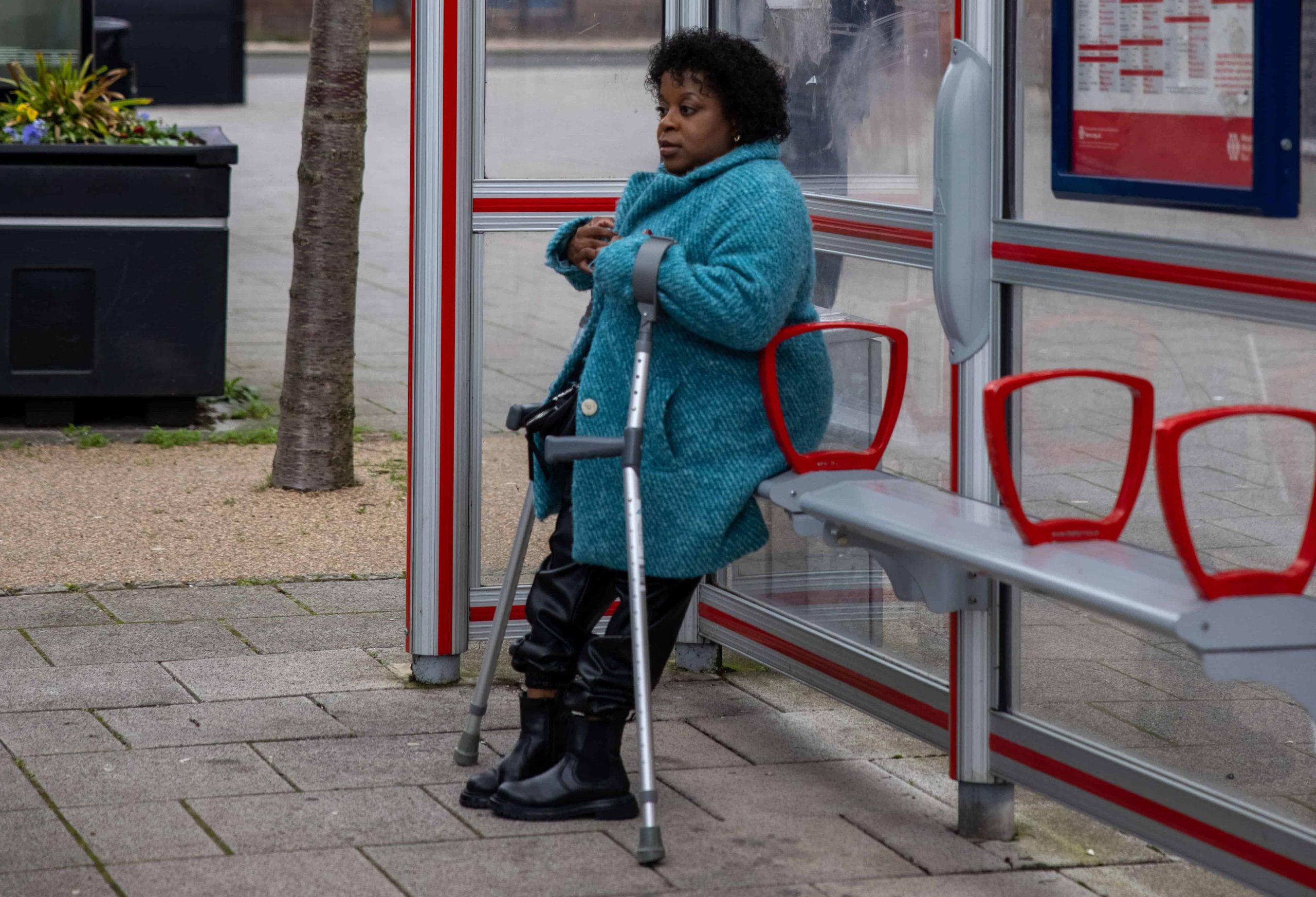We developed an anonymous survey to collect independent views of people working in the transport design sector. The survey aimed to find what the barriers people working in design face when making design decisions.

Short form Word format
Large print Word format
We designed and created the survey in software called Qualtrics. We wanted to make sure that survey participants could respond easily online. The initial survey design was reviewed and revised, and ethical approval given.
The survey was posted on LinkedIn, along with a supporting article (called a 2-minute read). We chose LinkedIn as there is a large professional design and transport sector represented on the platform.
Participants provided their consent to take part through an online consent form, after which the participant was anonymised and provided with a further link to access the survey.
The survey ran from 15th of November to 15th December 2023, after which the participant responses (data) were collated and analysed. From the data, we established recommendations. At the end of the survey (phase 1), we offered an opportunity for participants to request a follow-up interview (phase 2).
A total of 37 people from the transport design sector provided consent to take part in the phase 1 survey. 22 surveys were received as data to review. 2 surveys were excluded as incomplete. The survey included responses from people living in the UK and Australia. Responses were provided by professionals working in senior and early career roles, from the transport sector working on trains and cars.
5 people participated in interviews for phase 2 of the study over three months. The interviews were semi-structured but led by the participants. Each participants explained their experiences of working in the transport design sector and the barriers they had faced. We gathered personal stories from across the UK.
Professionals working in the transport design sector described multiple barriers that influence design decision making. These barriers are systemic and become accepted ways of working in the sector. By analysing data, four main themes emerged.
- Decision bias
- Objections
- Incentive and Guidance
- Collaboration and Participation
Incentivise a design ‘standard’ as a tool to ensure better, responsible decision making. This might be considered as D-Corp status.
Establish a democratic relationship in the design decision-making process.
At the outset, challenge the preconceptions of a design brief to ensure it is objective and achieves a real ambition.
Improve engagement with experience for better decisions.
ncat will:
Use and share these findings to inform future research in conjunction with priorities identified through the voices and experiences of disabled people.
Work with partners and stakeholders to make these findings available to robustly evidence the issues faced by disabled people when accessing transport.
Work with policy makers, transport providers, and industry, to translate these findings to influence future policy and develop solutions that reduce the transport accessibility gap.
Key Insights Report
We’ve produced a Key Insights Report to be a more visual representation of the key findings in the report, and this is available as an Accessible PDF.